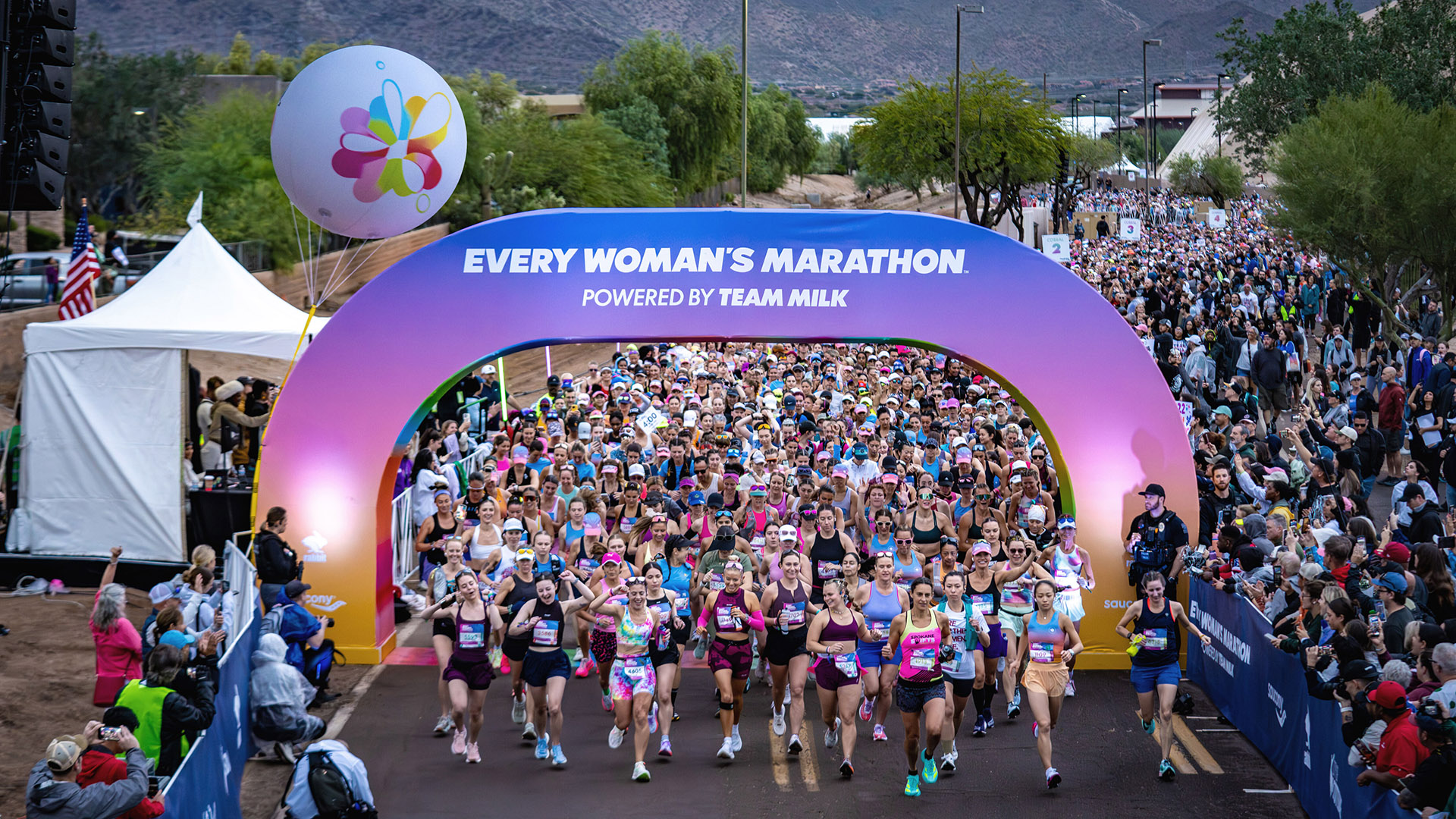This article was originally published in Forbes.
The U.S. presidential election and year-end holidays are converging fast — bringing inflation, cost of goods, and general economic pressure to the forefront of many consumers' minds.
According to research from Bankrate, 33% of consumers plan to spend less on holiday shopping than last year, and nearly a quarter say the cost of holiday shopping will stress their budgets. While Deloitte is still forecasting a moderate increase of 2.3-3.3% in overall holiday sales – totaling around $1.59 trillion – the pace is slower compared to last year, when they predicted a 3.5-4.6% increase during the same months.
Facing varied consumer spending mindsets and the unknown economic impact of the election, marketers are under pressure to get the next few months right.
Every good business knows that planning for the holiday season starts long before the first Christmas-themed advertisement hits television screens. And any savvy marketer knows it’s best to get their brand top of mind well before that. Brands with strong loyalty programs in place, supporting a two-way conversation with consumers throughout the year, are already poised to be on shoppers’ go-to gift lists.
Year-Round Value
In 2018, over 116 million emails were sent on Black Friday, 106 million on Cyber Monday, and 95 million on Thanksgiving, according to Campaign Monitor. Consumers are bombarded with content daily, and getting them to open your brand’s email – especially during the holiday season – is a challenge. Unless, you’ve already established your emails are worth reading.
While loyalty programs involve far more than email campaigns, the bar is often low in this medium, making it a prime spot to surprise your customers with something truly entertaining. Dollar Shave Club has created custom cartoons; Birchbox used gamification; and Doulingo leaned into hyper-personalization, charting its users' learning progress with the same precision as an NFL analyst.
Crafting content that doesn’t just feel like another ad can help put the odds in your favor when consumers are already overwhelmed by their inboxes. Digital channels are a good place to connect with consumers as Deloitte predicts e-commerce will be a key driver of holiday sales this year, up around 8% compared to last year.
Smart, Strategic Rewards
Building a rewards program that works for both consumers and a brand’s bottom line is a science and an art. But when executed well, a rewards program can drive spending throughout the year, positioning your brand at the top of the consideration set when holiday budgets are set.
In fact, YouGov found that 65% of consumers in the U.S. and United Kingdom planned to leverage loyalty programs to help save money during the 2023 holiday season.
As more brands have reprioritized loyalty, consumers are joining more programs. According to eMarketer, the average U.S. consumer had nine active loyalty program memberships in 2023 compared to 6.7 in 2019. To stand out, brands need to prioritize their consumers and explore creative new ways to reward them. Delta, for example, partnered with Starbucks so that members could earn more SkyMiles through Starbucks purchases – a notable perk for those who regularly buy coffee and need to book holiday travel when prices are particularly high.
The Megaphone Effect
When a brand forms a strong connection with one consumer, it’s already begun building connections with that consumer's friends and family. Research from Nielsen shows that 88% of consumers trust recommendations from people they know more than any other marketing channel, and McKinsey & Company found that word of mouth is the primary factor behind 20-50% of all purchasing decisions.
As gift list suggestions for the “Guy Who Has Everything” or “It Girl” start popping up all over social media and other platforms, the best list to be on is that of a consumer’s close, personal connections. Even if a loyalty program participant doesn’t purchase from your brand this holiday season, you’ve increased the likelihood that they will suggest your brand to a friend–or a few.
The battle to top consumers' 2024 holiday lists started a year ago. Brands that have built loyalty and cultural relevance have a big head start, and those with an effective loyalty program will see its returns as they convert sales before the year ends.











